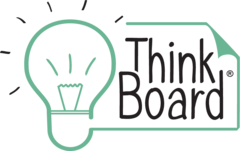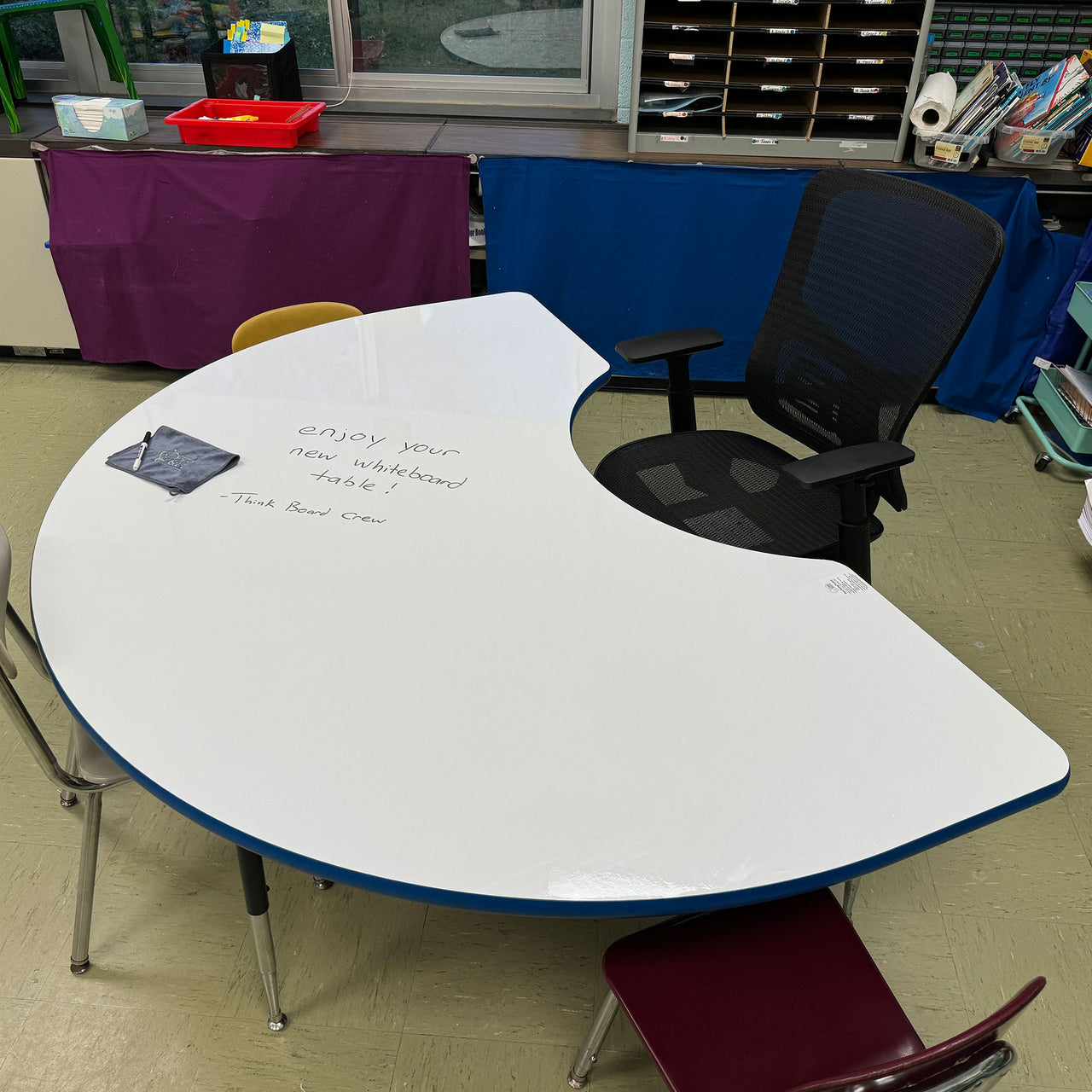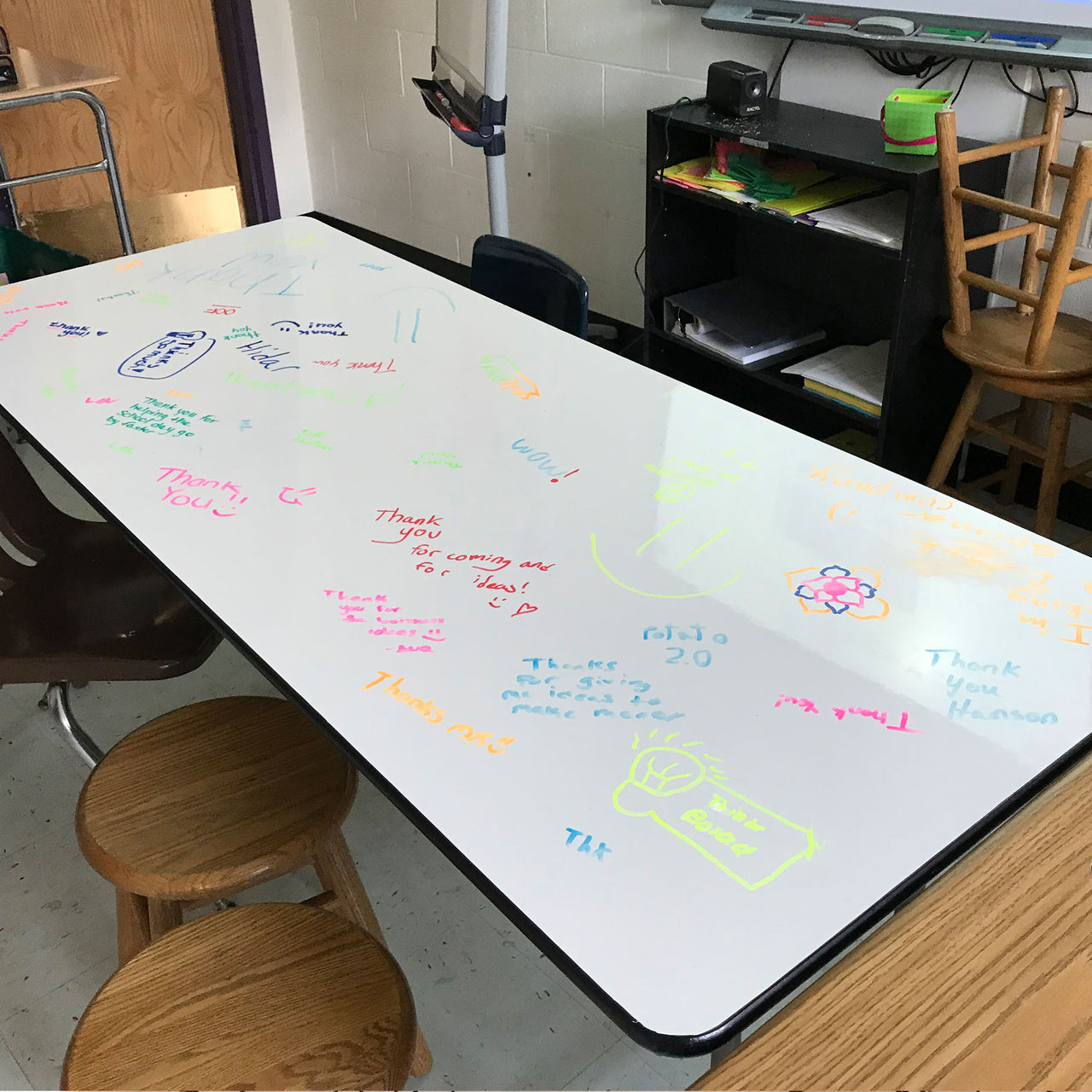5 Ways Whiteboard Resurfacing Can Revitalize Old Classrooms
Classrooms are the heart of education, but many schools face the challenge of outdated, worn-out surfaces that hinder the learning process. Whether it's chalkboards covered in years of residue or old whiteboards that have become hard to clean, these surfaces can be frustrating for both students and teachers. However, there's a simple and cost-effective solution: whiteboard resurfacing.
In this post, we'll explore five ways that resurfacing can breathe new life into old classrooms, providing both functional and aesthetic upgrades that enhance learning and save money.

1. Transform Old Chalkboards into Writable Surfaces
Chalkboards were once the standard in classrooms, but they’ve long since been replaced by whiteboards and interactive displays. If your school still has chalkboards taking up valuable wall space, resurfacing them with Think Board’s whiteboard films is an ideal solution.
Instead of tearing down and replacing the entire chalkboard, you can simply cover it with a high-quality, writable surface. This gives you the benefits of a modern whiteboard without the need for costly demolition. Plus, resurfacing a chalkboard with a whiteboard film can instantly improve the appearance of the classroom—making it look brighter and more contemporary.
2. Extend the Life of Existing Whiteboards
Old whiteboards, especially those that have been in classrooms for years, can develop persistent ghosting (faint traces of previous writings that refuse to be erased) and surface scratches. Rather than replacing these boards, resurfacing them with Think Board’s premium whiteboard film provides a smooth, durable writing surface that’s easy to clean and maintain.
Resurfacing is not only more cost-effective than replacing the entire whiteboard, but it also helps extend the life of existing classroom assets—saving schools money over time.


3. Create Interactive Whiteboard Tables
Incorporating more surfaces where students can collaborate and brainstorm is key to fostering active learning. Whiteboard tables are a great addition to any classroom, but purchasing new tables with whiteboard surfaces can be expensive. Instead, you can easily resurface existing tables with Think Board’s whiteboard film.
Whether for small group work or collaborative brainstorming, transforming your tables into writable surfaces allows students to engage directly with the material. Plus, whiteboard tables make learning fun and interactive while enhancing creativity and critical thinking skills.

4. Cover Cabinets, Doors, and Other Surfaces
Think Board’s whiteboard films aren’t just for walls and tables—they can be applied to almost any smooth surface, including cabinets and doors. In classrooms with limited wall space, resurfacing cabinets or doors with whiteboard film adds even more writable surfaces, creating additional areas for collaboration or notes.
This approach can be particularly useful in science labs, classrooms with flexible seating, or STEM-focused spaces where students need more surfaces for brainstorming, equations, or diagrams.

5. Cost-Effective and Environmentally Friendly
In today’s educational landscape, schools often face budget constraints when it comes to renovations and updates. Whiteboard resurfacing is a smart, sustainable choice that allows schools to update their learning environments without the high cost of replacing entire boards, tables, or furniture.
Resurfacing is not only cost-effective but also eco-friendly. Instead of throwing away old boards or furniture, resurfacing gives them a new life, reducing waste and extending their lifespan.
Why Whiteboard Resurfacing Works
For school administrators and designers working within tight budgets, resurfacing offers a practical, sustainable way to improve classroom environments without the need for expensive replacements. Think Board’s easy-to-install whiteboard films provide a highly functional, long-lasting solution that transforms classrooms into engaging, interactive spaces.








